In the relentless battle against corruption, the International Federation of Accountants (IFAC) revealed its plan to combat corruption and economic crime in September 2022. A critical element of this strategy is the integration of emerging technologies, marking the beginning of an era where digital governance becomes a powerful tool in the battle against malfeasance.
In countries like Nigeria, where corruption poses a significant challenge, mobile applications have emerged as a force for change. These apps empower citizens in remote areas, making information accessible and providing them with a way to report corruption. Take India’s ‘I Paid a Bribe‘ and the World Bank’s Integrity App – they showcase how involving citizens can uncover corruption trends.
Crowdsourcing platforms empower citizens to speak up against corruption by allowing them to report incidents and share their experiences. Nigeria’s Trade Route Incident Mapping System (TRIMS) stands as a testament to the power of collective action in combating corruption.
Government and non-profit organizations use transparency portals to share information about their operations, promoting accountability. The Institute of Chartered Accountants of Nigeria (ICAN) launched the ICAN Accountability Index, evaluating public finance management and governance practices.
In addition to these efforts, several technologies contribute to the fight against corruption. Data mining examines public procurement for red flags and collusion patterns, while Big Data techniques provide valuable insights into trends. Forensic tools like Self-Monitoring, Analysis, and Reporting Technology (SMART) assist auditors by providing real-time analyses, predictive modeling, and anomaly detection.
Whistleblowing tools, similar to crowdsourcing, use Information and Communication Technology (ICT) to report misconduct. Platforms such as GlobaLeaks and the BKMS® compliance system highlight how technology can play a crucial role in revealing instances of corruption.
Blockchain, with its transparent and tamper-proof nature, is used in public transactions to ensure accountability. Artificial Intelligence (AI) employs data analysis to uncover hidden relationships, potentially revolutionizing prediction models.
Digital public services and e-governance simplify tasks, reducing the need for direct interactions between citizens and officials. Despite their benefits, there are challenges. Blockchain might unintentionally support illegal activities due to its anonymity, and the lack of transparency in AI raises ethical concerns. Achieving a technology-driven approach to combating corruption requires strong political support, a commitment to ethical practices, and reliable accountability measures.
Challenges like a lack of IT skills, insufficient infrastructure, and reluctance to embrace change are obstacles in the fight against corruption. Many places lack the necessary laws to protect whistleblowers using reporting tools. Professional accounting groups are crucial in educating members about anti-corruption tools and creating awareness.
The use of Information and Communications Technology (ICT) is making the fight against corruption more accessible to everyone. Platforms such as ‘I Paid a Bribe‘ create places where people can share information, serving as deterrents against corrupt practices. As seen in the changes made in Afghanistan’s tax administration, automation and digitization reduce discretionary practices, making processes more transparent and resistant to corruption.
Big data analytics empower citizens to analyze large datasets, uncovering patterns of corruption. International collaboration is crucial for sharing data across borders, ensuring accountability for corrupt individuals worldwide.
In the fight against corruption, using technology wisely is crucial. While digital tools can be powerful weapons, we need to be careful with how we use them. Governments, civil society, and citizens must work together to make the most of digital governance in our ongoing battle against corruption.
SOURCES
The Guardian | UNODC | IFAC








